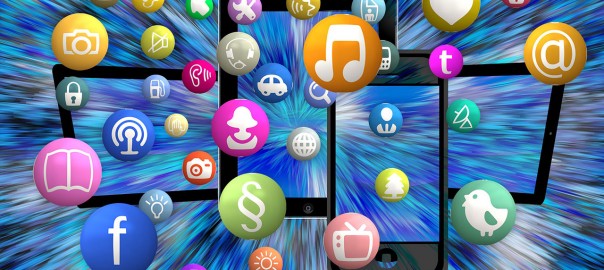Pundits say that brands have personalities. If you were to imagine a brand like MTV to come alive as a person, you’d expect it to talk and behave in a particular manner; and that personality will be driven by your brand experience. Similarly, brands like The Economist, Apple and Google have a distinct personality as shaped by their products, communication and how we imagine them to be.
A consumer interacts with a brand through various touch points – it’s logo, advertising, tag line, product usage, store ambience, customer service, the brand’s actions, response to a crisis, social media communication and so on. Of late, an app for a brand has become an important touch point. If convenience is a promise made by a service brand , say a bank or hotel – its app should reflect that too and be easy to use. If aesthetics & design is part of a brand’s DNA, it’s mobile app should reflect that too. Stand alone apps or games too have a brand personality of their own – or at least can be cultivated.
An app’s personality shines through in many ways – the first ‘moment of truth’ as it were, is the app icon. An elegant, well-designed app icon which clearly conveys what the app is all about is a great asset – it is the first port of call for the consumer to find out more. The screen grabs, intro videos, in-use images all go a long way in conveying an app’s personality and tone of voice.
Carrot Fit – 7 Minute Workout, Step Counter & Weight Tracker app is positioned as ‘your judgemental fitness overlord’. Unlike other apps in the category which merely track one’s weight, the app’s personality and tone of voice becomes a differentiating fact. This aspect is driven home in every touch point – from the launch trailer, the on-boarding experience, the actual usage and even the ‘What’s New’ section of app updates.
Even the ‘What’s New’ copy is crafted in such a way that it reflects the brand personality, calling the reader as ‘meatbags’ for example.
Another brand which has caught the app world’s attention of late through its clever use of ‘What’s New’ copywriting is Medium. One of the updates simply said:
– Peter let a couple nasty bugs slip into our latest release, these have been fixed
– Fired Peter
The latest updates carry forward this humorous approach.
So, how does this approach help a brand? Firstly, it makes the brand ‘likable’ at a subliminal level. This ‘likability’ is transferred to the actual app and makes the brand more endearing. Secondly, it acts as a shield for any minor missteps one may encounter with the brand experience, the operative word being ‘minor’. In other words, every touch point of an app – from the app icon to the user experience to the ‘what’s new’ copy is an opportunity for your brand to drive home an experience. Are you making the most of those?








